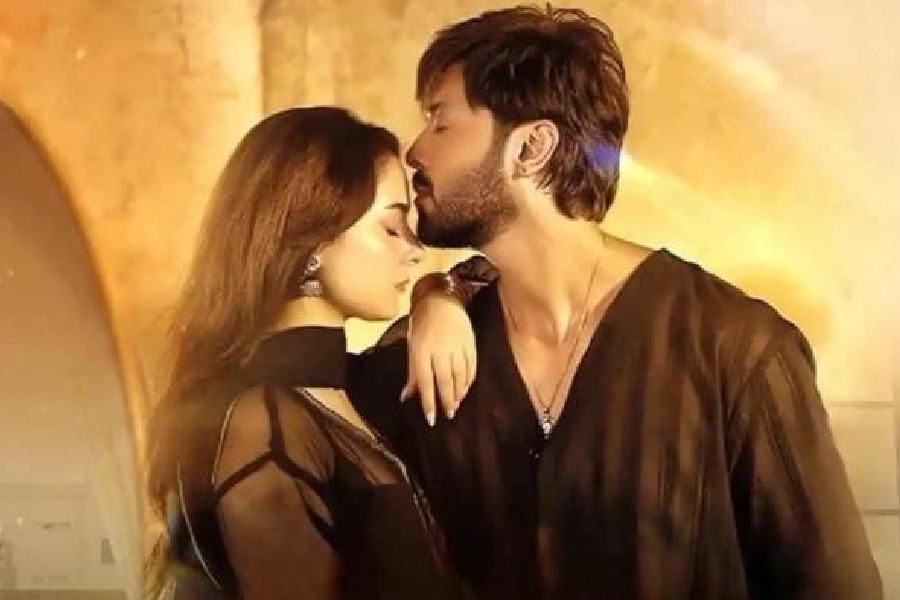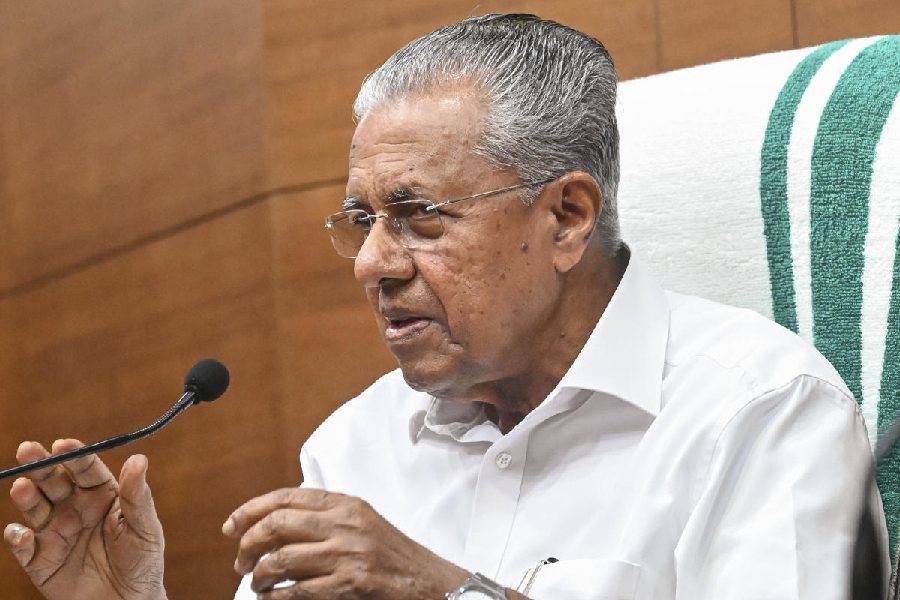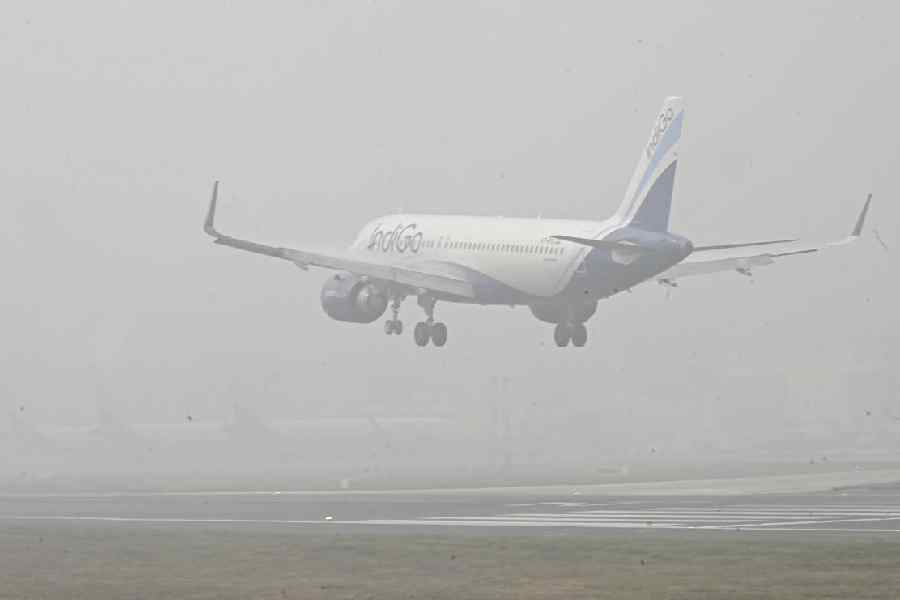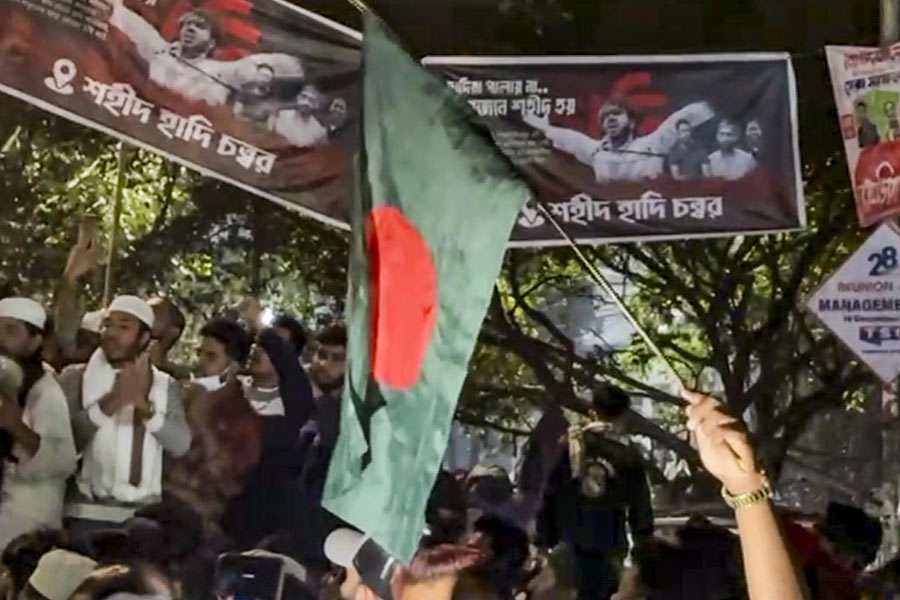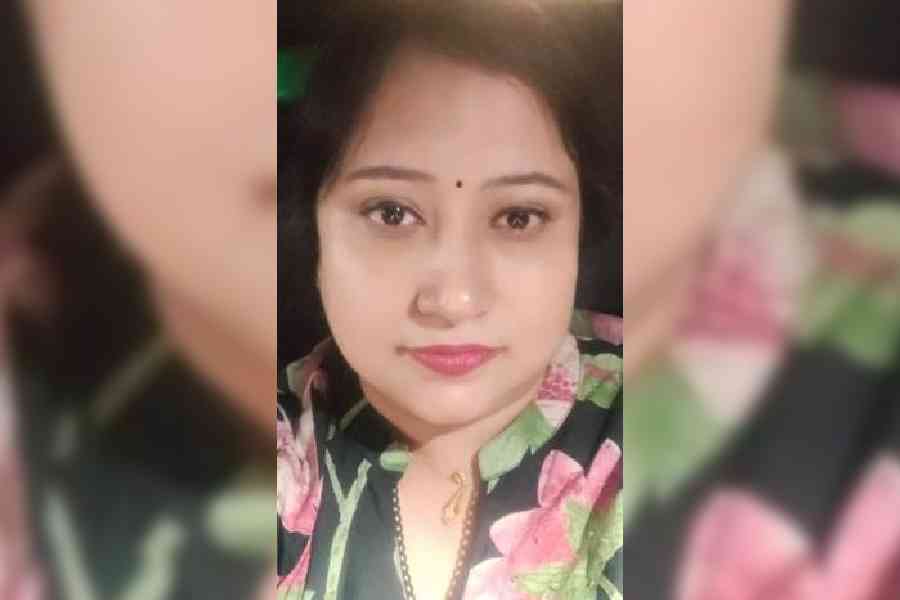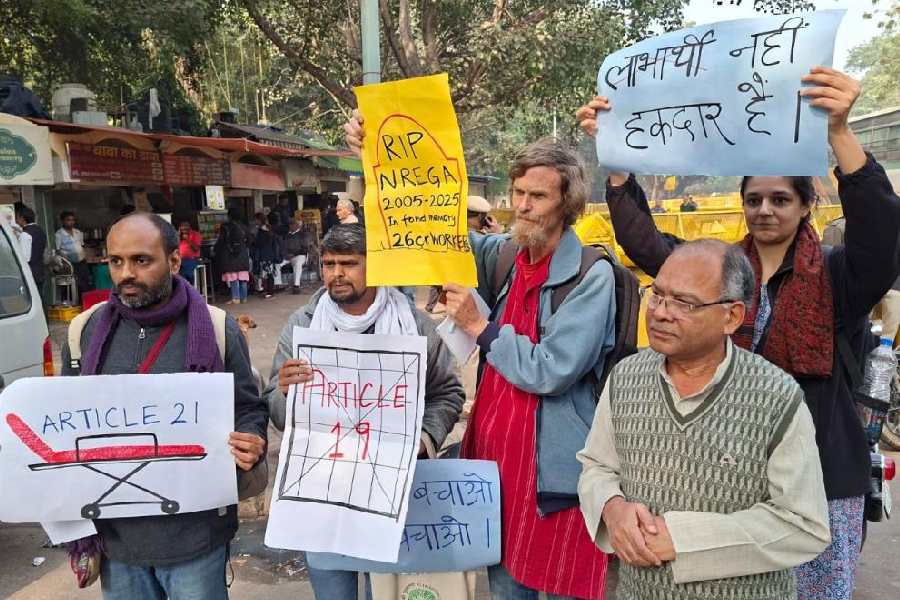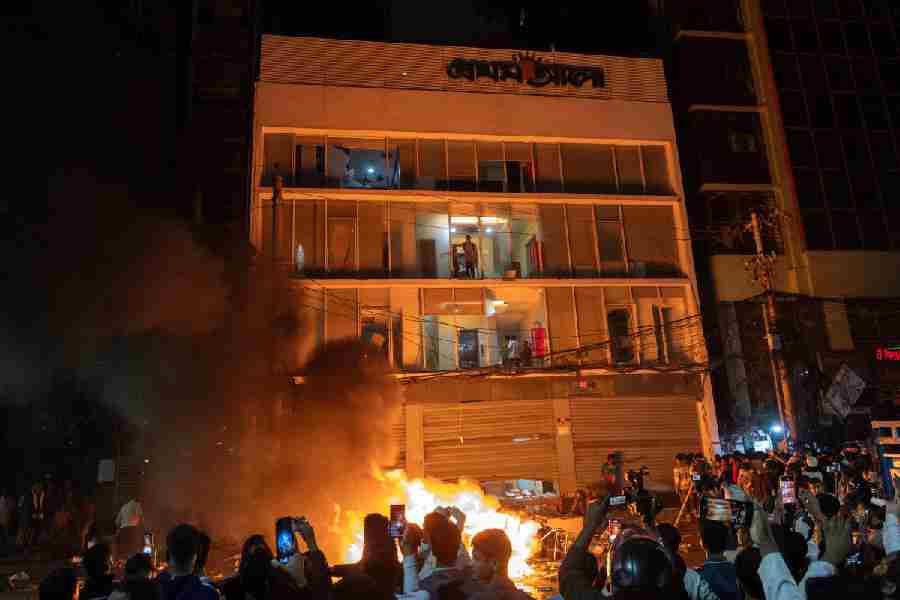Two Pakistani women sit together on a couch, rehearsing their lines while a director scrutinises them. Waiting off camera for his scene is the male lead, an actor blessed with “Bachelor” hair and fine bone structure.
Also out of sight: the Islamabad homeowners, who are holed up in a separate room and whose furniture and knick-knacks will be seen by millions of viewers — many from the society that has been their country’s neighbour and uneasy sparring partner for much of the past century.
This is the set of the Pakistani drama Adhi Bewafai — one of what some in other nations would call “soap operas”. But these dramas, it turns out, are not just for Pakistanis.
Realistic settings, natural dialogue and almost workaday plots about families and marriages make Pakistani dramas a hit with viewers at home and abroad — especially India.
Television, it seems, is succeeding where diplomacy sometimes can’t.
Several thousand people work in Pakistan’s drama industry; the country produces between 80 to 120 shows a year, each one a source of escapism and intrigue. They offer Indians a tantalising glimpse into life across the border — and manage to break through decades of enmity between the two governments.
Although it’s difficult for Indians to visit Pakistan, where these shows are filmed, they faithfully follow the plot twists and turns through platforms like YouTube, ZEE5 andMX Player.
For those of a certain generation, however, it wasn’t always so easy to keep up.
Kaveri Mishra, a writer in Patna, recalls her mother-in-law and aunt jiggling antennas in the 1980s and 1990s in hopes of catching a signal from Pakistan’s state broadcaster, PTV. It’s how Mishra first realised that the country next door was a drama powerhouse. It inspired her to discover the shows for herself years later, even going on towatch them with her own daughter.
“They feel familiar, but they are also a break from our own lives,” Mishra says. “I don’t see any differences between the two countries. Everything is relatable. I see Karachi and think that it could be Lucknow or Patna. What happens on the shows could happen to me or my friends.”
She had heard only negative things about Pakistan since childhood — that it was the enemy that would take everything from India. The TV dramas have added subtlety and detail to this image for her. She would love to visit, but is unlikely to get the opportunity. So she explores Pakistan through the locations, malls, offices, streets and restaurants depicted on the small screen. The names of popular Karachi neighbourhoods roll off her tongue.
Mishra, like Bibi Hafeez in Hyderabad and Punita Kumar in Raipur, raves about the dramas’ universality of themes, the strong characterisation and the emotional range.
“Pakistani characters are not only heroes or villains. They have shades to them, and that is very human,” says Kumar, who chanced upon a Pakistani drama through a chunky videocassette when she was a teenager living in Aligarh. It was love at first watch.
“They captivated me. We got a cable connection that offered PTV. Then YouTube came and I realised I could search for whatever drama I wanted. I haven’t taken a stop,” she said. “We get exposure to Pakistani life in the scenes, but the struggles the characters have with their relatives are ones I would have with my own.”
Pakistani TV veteran Khaled Anam is delighted by Indians’ enthusiasm for the country’s serials and the barriers they help erode.
“What Bollywood is to India, dramas are to Pakistan,” says Anam, who is based in Karachi and has worked as an actor since the 1980s. He has appeared in many dramas, including the ratings smash Humsafar.
India’s productions go big, while Pakistan’s are more low key.
While India is no slouch when it comes to TV production, it doesn’t offer viewers what Pakistan does, according to Anam: simplicity, depth of writing and a limited number of episodes.
The actors on the couch in Islamabad are rehearsing lines about a woman who is disrespectful and so, according to one of them, is an unsuitable marriage prospect. The delivery and grammar could be heard in virtually any South Asian household.
“Pakistanis are generally emotional people, and that is in their dramas also,” says Islamabad-based director Saife Hassan. “It would take me less than two minutes to explain the plot of the super-duper hit Kabhi Main Kabhi Tum. It’s about the emotions between a husband and wife.”
Hassan, who began his TV career in the 1990s, says Indians frequently comment on his social media pages and send him direct messages about his work. He even recalls Indian viewers praying for the recovery of a character who was in a coma.
“They are our people. They are like us. They eat like us,” he says. “I love India, and I love Indians. They have grown out of this animosity.”

